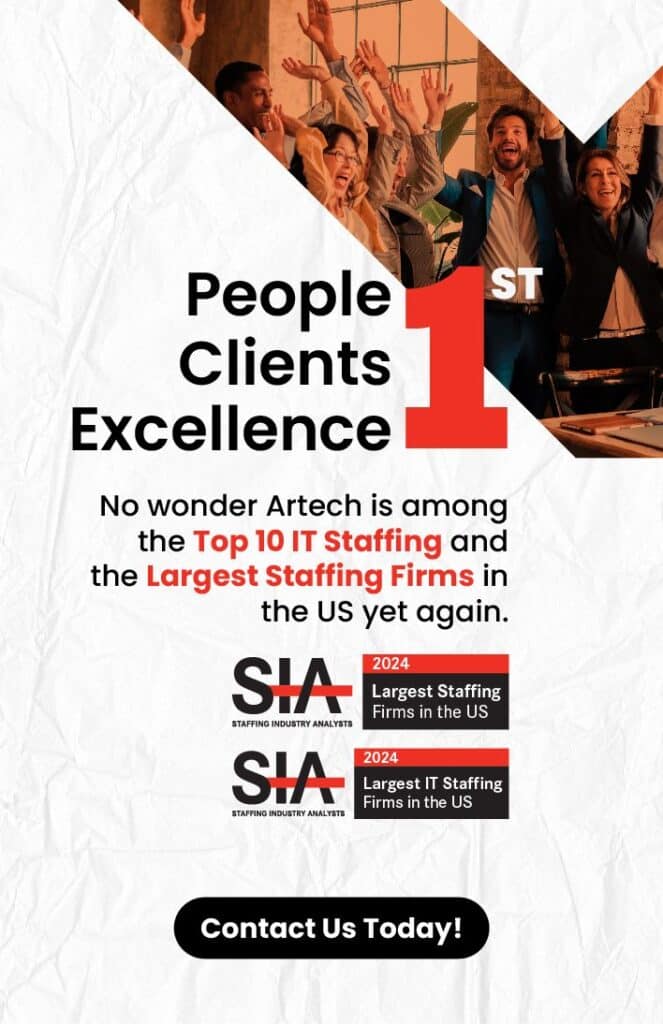
Contingent labor, SOW engagements, and managed services have become essential tools for organizations looking to stay agile and competitive. But when these workforce components are managed separately, things tend to get messy.
Instead of working together, teams end up duplicating efforts. Costs quietly add up. And visibility? It’s often limited to whoever’s managing that one piece of the puzzle.
The truth is, most companies don’t realize how much they’re leaving on the table by keeping these models siloed.
No wonder that’s a problem and why forward-thinking organizations are reworking their approach to make the most of every workforce investment.
Let’s explore further in this blog post.
The Rise of a Fragmented Workforce
As businesses push for more speed, flexibility, and specialized talent, many turn to a mix of workforce models—full-time staff, freelancers, SOW-based contractors, and managed services. Each model offers unique advantages, and in the race to meet immediate demands, different departments often take hiring into their own hands.
What starts as a fast solution soon leads to a fragmented structure. Procurement manages some vendor contracts, HR oversees others, and IT might engage an MSP, all with little coordination across the board.
The rise of this patchwork approach is the result of growing business complexity and the pressure to move fast. But the outcome is a workforce strategy that’s more reactive than intentional.
What are the Hidden Costs of Siloed Staffing Models?
Managing your workforce in isolated buckets leads to challenges that aren’t always obvious at first. But over time, the impact compounds:
1. Lack of Visibility
You can’t optimize what you can’t see. Without an integrated view of all contingent and project-based engagements, leadership lacks the data to make informed decisions. Who’s working where? Are they delivering value? What are we really spending? Without clarity, inefficiencies go unchecked.
2. Redundant Processes
Every engagement channel comes with its own onboarding process, compliance checks, and billing cycles. Multiply that across departments and vendors, and you’re looking at duplicate work, inconsistent experiences, and bloated administrative overhead.
3. Compliance Risks
Siloed management often means inconsistent adherence to labor laws, classification rules, and internal policies. One department might follow best practices, while another unknowingly exposes the business to risk.
4. Missed Cost Savings Opportunities
Without consolidated vendor data and spend insights, you lose leverage in negotiations. Procurement may be overpaying for similar services from multiple vendors simply because the right hand doesn’t know what the left is doing.
5. Inflexibility
Siloed models make it difficult to pivot quickly when business needs change. Without centralized control and planning, scaling up or down becomes inefficient and slow.
Why You Need a Unified Workforce Strategy
The organizations that are staying ahead have one thing in common: they’re consolidating their workforce programs under a single, strategic framework.
A unified workforce strategy brings together contingent labor, SOW, and Managed Services into one integrated model. Here’s what that unlocks:
- Centralized Visibility: Gain a single source of truth for your entire extended workforce.
- Improved Governance: Standardize processes and ensure compliance across the board.
- Better Cost Control: Consolidated data means stronger negotiating power and reduced redundancies.
- Strategic Flexibility: Shift resources and priorities faster to meet business demands.
- Enhanced Partnerships: Collaborate more effectively with service providers when there’s one streamlined channel of engagement.
How to Start Building a Unified Workforce Strategy
You don’t need to overhaul your entire workforce strategy at once—small, strategic changes can drive major improvements. Here are the first steps to take:
1. Assess Your Workforce Landscape: Take a snapshot of how different workforce models are being used across your organization. Who’s engaging with contingent labor, and how is SOW managed? Where are the gaps?
2. Standardize Processes: Identify areas where consistency is lacking—whether it’s onboarding, compliance checks, or vendor management. Creating standardized workflows across departments is a great place to start.
3. Invest in Integrated Technology: Consider investing in a unified platform that provides visibility across all workforce models. This will help streamline processes and allow you to track spend and performance more effectively.
4. Align Key Stakeholders: Bring together HR, procurement, and business leaders to ensure everyone’s goals align. Collaboration across teams is key for a successful transformation.
By taking a more integrated approach, you’ll improve visibility, reduce redundant work, and ultimately gain greater control over your workforce spend.
Ready to Solve the Puzzle?
Join Artech, META, and SIA for a live webinar on how top organizations are connecting the dots across contingent labor, SOW, and Managed Services—unlocking real cost savings, stronger compliance, and smarter workforce planning.
🗓️ Thursday, June 12, 2025
⏰ 1:00 to 2:00 PM ET
Register now
Walk away with practical strategies to bring more control, visibility, and value to every workforce investment.
This content is crafted with care by Artech Staff Authors. While it reflects our commitment to quality and accuracy, please note that it is not authored by industry experts. We aim to offer valuable and engaging information, and for more specialized or technical advice, we recommend consulting with professionals in the relevant field. If you have any concerns or require further assistance, please contact us at support@artech.com. Thank you for trusting Artech as your source of informative content.








